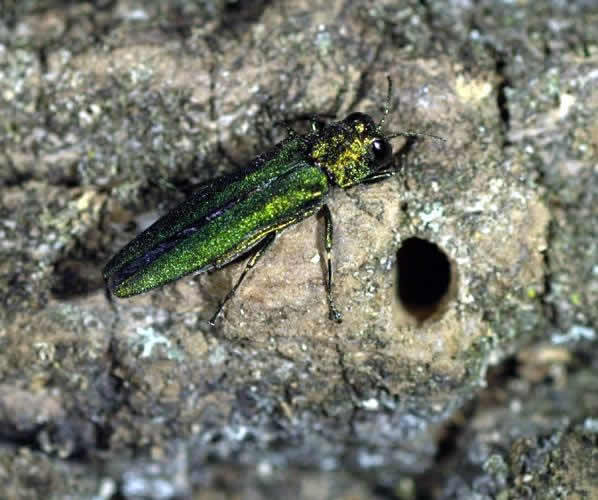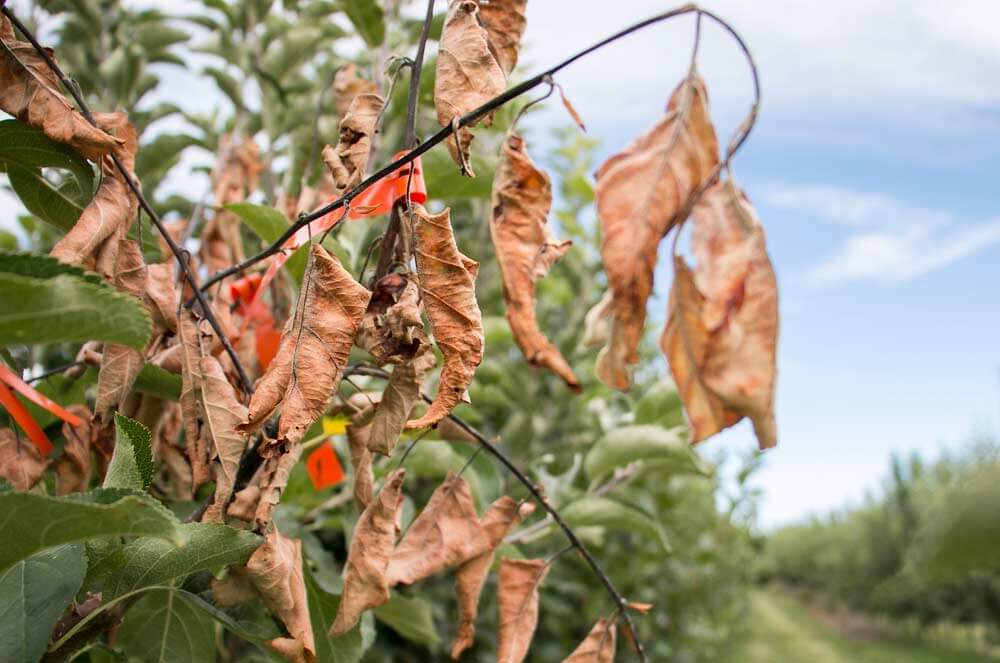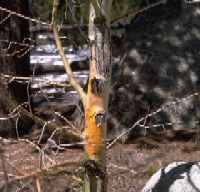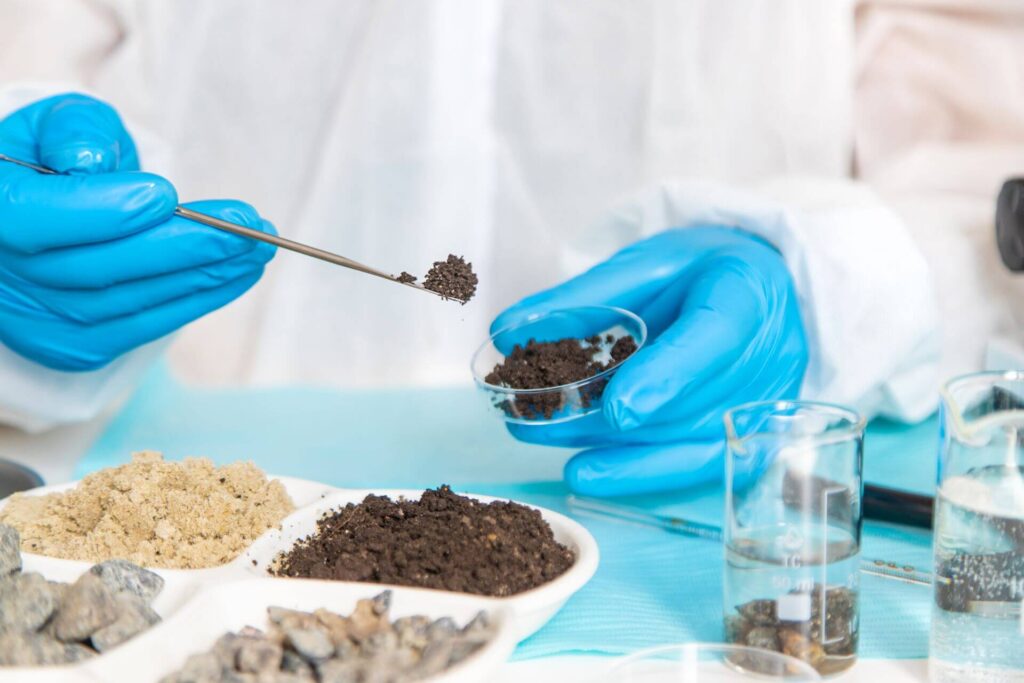Did you know that trees can get sick too? Just like humans, trees are vulnerable to disease. Diseased trees are not only unattractive, but they can infect surrounding plants and trees as well. This can cause great problems in the ecosystem, so action needs to be taken as soon as possible.
How do you know if a tree is infected? We look at some of the most common tree diseases and pests and how to spot them.
Emerald Ash Borer

entm.purdue.edu
This little beetle can cause major problems. If you notice the leaves turning yellow before fall and the branches start dying, you may have an emerald ash borer on your hands. This beetle infects all species of ash trees by digging into its bark and building panels throughout. While there are fungicides that can be used to eradicate the infection, the best way to protect surrounding trees and vegetation is to completely remove the infected tree.
Fire Blight

goodfruit.com
Fire blight is a bacterial disease that can kill branches, and the entire plant, of many members of the rose family, including apple, pear, quince and crabapple. Symptoms include dead branches, water-soaked blossoms, light brown to blackened leaves, discolored bark, black “shepherd’s crook” twigs, and dried fruits. Fire blight bacteria can be spread by insects, splashing rain or contaminated pruning tools so it is best to treat as quickly as possible. Treatment and management for Fire Blight includes planting resistant varieties of plants, minimizing rapid growth, pruning and the use of preventive chemical sprays.
Cytospora Canker

colostate.edu
Cytospora canker is caused by several species of Cytospora fungi. This disease occurs on woody shrubs and trees or parts of plants that are slightly stressed. Many trees and shrubs can be affected by this disease (apple, ash, aspen, birch, cottonwood, elm, maple, peach, spruce, willow). The canker-causing fungi causes girdling of the plant, killing the plant above the canker. To manage Cytospora Canker, reduce stress on trees, use resistant plants, remove infected limbs, clean wounds and prune properly
Ips Beatles

colostate.edu
Ips is a common group of bark beetles that infests pine and spruce trees. The good news is Ips Beetles rarely attack healthy trees. Most problems occur to newly transplanted pines or when plants are under stress. Symptom of Ips Beetles are typically seen as yellowish- or reddish-brown boring dust, which is produced as the insect tunnels, and accumulates in bark crevices or around the base of the tree. In addition, affected parts of the tree may discolor (“fade”) and even die. These symptoms may be limited to parts of the tree, such as a single branch or the top. However unlike Mountain Pine Beetles, infestation by Ips Beetles does not necessarily mean the whole tree will die, but over time, attacks may progress as later generations “fill” the tree and then ultimately the host can die. Management is typically done by spraying insecticide, promoting vigorous growth and clearing away any pruned branches.
Don’t stress about the tree diseases any longer. Contact J. Rick Lawn & Tree, Colorado Springs’ premium lawn care provider, today and get a free quote.
Other Great Articles about Lawn Care Trips

Soil Testing 101: Why It Matters for a Healthy Lawn
Regardless of how long you’ve been in Colorado you’ve most likely learned one thing; Colorado’s finicky weather and stubborn clay soil can make it frustrating to get a lush green lawn. And while we spend a lot of time talking about what’s happening above the ground—like mowing, watering, and fertilizing—the real magic (or mischief) happens…

Understanding How Pre-Emergent & Post-Emergent Weed Control Products Work
Weeds can be the bane of any homeowner’s lawn, especially in central Colorado. If you’re battling these pesky intruders, understanding the differences between the various weed control products available can be daunting. That’s why we’re going to explain the two main types of weed management products, pre-emergent and post-emergent herbicides. As you read on, you’ll…

The Complete Guide to Fall Lawn Care: Best Practices for Preparing Your Lawn for Winter
Is this your first fall as a Colorado Springs homeowner? Whether you’re ready to winterize your lawn for the first time or simply need a fall lawn care refresher for the home you’ve lived in for years, these essential lawn care basics will help you transition your lawn from the summer season to winter. Fall…
